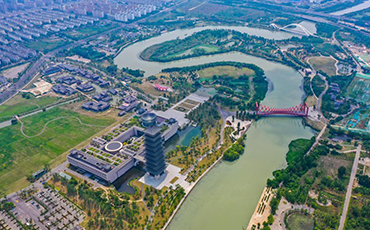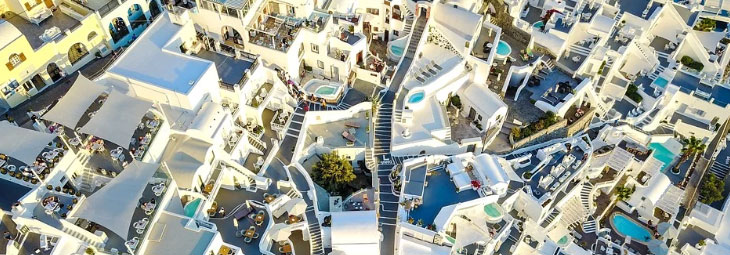


Author: Zhang Song
Deputy Director of the Urban Planning History and Theory Branch of the Urban Planning Society of China, Member of the Famous City Branch, and Professor at the College of Architecture and Urban Planning, Tongji University
Cities have been the centers of human civilization for thousands of years. The historical relics, cultural monuments and humanistic heritage of a city are part of its life. Urban heritage is the crystallization of the labor and wisdom of generations, the accumulation of public history in space, and should be the common heritage of the people and the common wealth of citizens. Urban heritage protection emphasizes linking the preservation of historical towns with the development of the economy and society. While protecting the historical space of the town, it promotes its development and adaptation to modern life.
As a national historical and cultural city and a World Heritage Site, the urban characteristics of Lijiang are mainly reflected in the ancient city style of "harmony between man and nature" and the cultural landscape of harmonious coexistence between man and nature. Seeking development through protection and maintaining characteristics in development is the urban development concept of Lijiang. The protection of Lijiang encompasses not only the natural mountain and water environment, but also the humanistic and historical features, as well as the beautiful and harmonious life of multiple ethnic groups. The geographical advantage of Lijiang is not obvious, but it has become a popular tourist destination, reflecting the exploration achievements of the practice of protecting famous cities with Chinese characteristics, and also proving the scientific and advanced concept that protection is development.
The Renfengli Historical and Cultural Block within the ancient city of Yangzhou features fishbone-shaped streets and alleys formed during the Ming and Qing dynasties, which constitute a living community heritage. For more than a decade, the grassroots governments at the street level have taken the lead in promoting a "bottom-up" protection approach, using historical environmental protection as a clue and relying on the original residents to carry out community governance. Through the protection and renewal actions, old houses and courtyards have been restored, the authenticity of community life has been protected, and grassroots democratic governance with the goal of a happy life for the people has been achieved. The governance practice of Renfengli Community is a vivid footnote to the concept that "the people build the city for the people and the city serves the people."
Whether it is the urban protection of Lijiang or the micro-updating of the districts in Yangzhou, they are both practical cases of "co-ownership, co-protection and co-sharing" of urban heritage. Urban heritage is the cornerstone that constitutes people's common identity. The protection of historical and cultural cities not only involves the preservation and management of individual architectural heritages of significant importance within the city, but also requires the implementation of overall protection and renewal of historical urban areas, historical and cultural blocks, and historical sections. Integrity encompasses policies, systems, funds, technologies and public participation. Therefore, with the joint participation of the general public, it is possible to achieve truly systematic protection and active and effective maintenance and management of urban heritage.
Cultural accumulation and diversity are where the vitality of a city lies. When improving the living conditions of residents, their living needs should be fully considered and their culture and living customs should be preserved. It is also necessary to avoid repetition, thoroughly study the geographical features, historical spatial characteristics and regional cultural features of the area, and creatively transform and organically connect them with the needs of the people.
Historical urban areas are urban communities where people live and reside. The achievements of their protection and revitalization must benefit people's livelihood and promote economic development. Only in this way can they become vibrant and living heritage.
Source:http://paper.people.com.cn/rmrb/pc/content/202504/26/content_30070102.html
Editor & Translator:Jin He